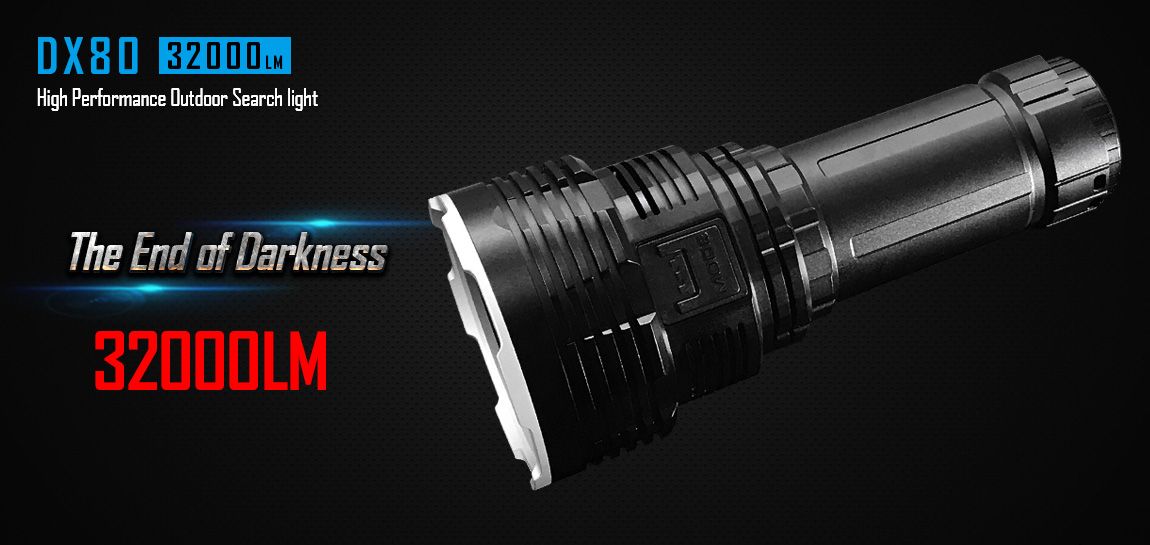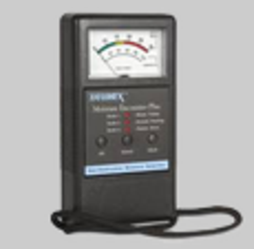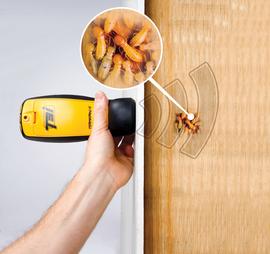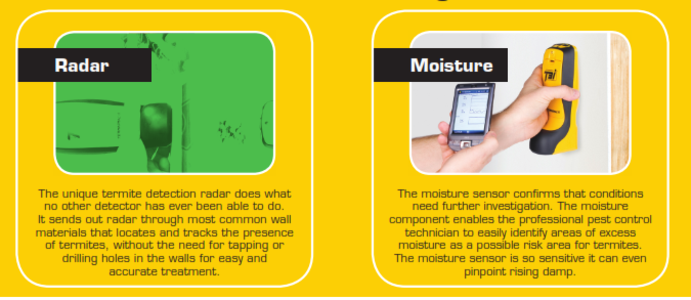There are two main benefits of doing a termite inspection:
– Early detection of termite activities within the property followed by professional treatment to minimise the termite damage to the building;
– Identifying any potential risks of getting termite attacks so that those risks can be either eliminated or minimised.
A complete termite inspection should covers interior, roof void, subfloor, wall exterior, garage, carport, outbuildings, fences, garden and landscaping timbers, timber retaining walls, slab edge and other areas that may conceal termite activities. Some areas such as subfloor is a high risk area. Some inspectors, however, will do a rushed job or lazy job by not inspecting roof void and/or subfloor area. Inspection that does not cover roof void and/or subfloor area is not a complete inspection. An incomplete termite inspection may fail to identify all potential risks and may not detect all termite activities within the property. The longer the time termite activities remain undetected, the more extensive termite damage to the buildings will be. Leading Pest Control only carries out complete termite inspection and will provide customer with a 8-page inspection report according to Australian Standard AS 3660.2-2000 at the end of each inspection.

Inspection in Subfloor
We inspect any subfloor and roof void
with accessible height (minimum of 40cm)

Inspection in Roof Void
We always bring two tall ladders so that we can climb up to the roof
void even the building has a ceiling height of more than 4 meters

Leading Pest Control takes termite inspection jobs very seriously. All our inspectors are licensed pest control technicians with timber pest qualification and all works are insured.
Moisture and Termites
Yes moisture does attract termites and termites do bring dirts into their nesting area thus increase the moisture level as well. But does it mean that all areas with higher moisture level are infested by termite? Of course not. There are many other reasons why the moisture level are high in some areas. The reason can be even as simple as water leakage. Sometimes minor water leakage can not be easily detected by human eyes but it does increase the moisture level of the particular area over time. In this case, equipments such as thermal imaging camera can be used to better identify the leakage. Some areas such as bathroom and laundry normally have higher moisture level than other areas as well. Some buildings have fibro walls and fibro is the material that attract moisture. So the surface of fibro walls in the building always has very high level of moisture reading.
Moisture Meter or Termatrac T3i ?
In order to achieve the best possible result for the inspection, we insist in using most advanced and professional tools. While many of our competitors only use moisture meter for inspections, we use both moisture meter and Termatrac T3i, the world’s No.1 termite detector. Moisture meter can only find surface with higher risk. However, it can not confirm termite activities inside the wall cavity. Without radar sensor, a further destructive inspection may be required just to confirm whether there are termite activities inside the wall cavities. Termatrac T3i is a non-destructive termite detection tool which has built-in radar sensor together with moisture sensor. It can detect both moisture and termite movement inside the wall cavity without the need of opening the wall. In other words, it can actually determine and confirm termite activity without physical penetration and damage caused to building structures. Without the help of the radar sensor, there is also a risk of missing concealed termite activities which may lead to very high repairing cost.

Moisture Meter

Termatrac T3i

